12 January 2022
Pressure is mounting for FMs and building owners to deliver solutions capable of reducing the threat of airborne disease transmission in buildings, so is UV-C a viable option?
In a recent webinar, BESA welcomed SAGE member and leading expert on ventilation and indoor air quality Professor Cath Noakes from the University of Leeds. Professor Noakes took a closer look at one possible option: UV-C irradiation.
“We know that it can be hard to ventilate some buildings, or maintain it all year round, so UV-C can be an alternative or a boost to ventilation.”
–Professor Cath Noakes
Professor of Environmental Engineering for Buildings, Leeds University
Air Quality Strategies
Professor Noakes explained what FMs, building owners, occupiers and landlords are trying to achieve with indoor air quality strategies: “Transmission of respiratory infections is not simple, there is a whole complexity of how infections transmit, and it's in a range of aerosols and large droplets”
‘We know that small droplets remain airborne for long periods of time and that there is some evidence of transmission into neighbouring rooms.”
Importance of Ventilation
Professor Noakes assets that UV-C is a biological mechanism that does not remove particulates, and also that UV-C is not a substitute for good ventilation, but a boost:
“We know that it can be hard to ventilate some buildings, or maintain it all year round, so UV-C can be an alternative or a boost to ventilation.”
She also reminds us that air cleaning is only about contaminants, whereas ventilation has multiple purposes, from removing CO2, to managing odour and humidity, regardless of COVID-19. Research has shown again and again that air pollution is detrimental to people and the environment directly, as well as contributing to rapid climate change, hence the global push for net-zero targets.

Picture: a photograph of Professor Noakes
Germicidal UV
Professor Noakes specifically addresses the germicidal range of radiation, which is the UV-C part of the spectrum that disrupts viruses.
UV-C is not a physical removal, but a disruption of the RNA of bacteria. The light breaks the strands of the RNA and stops it from being able to replicate.
“It doesn’t physically remove it, it’s still present in the room, but dead. However some bacteria can repair themselves, amend its RNA and reactivate, so it’s not a magic bullet solution,” said Professor Noakes
“The impact very much depends on the wavelength of light that’s used, and the behaviour of the microorganism itself.
“Does it reduce infection? It’s hard to show but there’s a handful of clinical trials, mostly around TB transmission. It will work, the question is how much will it reduce transmission by, which is a more complex question”
What Factors Affect UV-C’s Performance?
- The position of lamps
- The airflow around the lamps
- External factors that affect the lamps such as the temperature of the air and reflectivity of surfaces
- The behaviour of pathogens themselves, who are in turn affected in turn by environmental conditions such as relative humidity
Implementing UV-C – Enclosed Units Vs. Upper Room Systems
Enclosed units are a plug-and-play solution where the UV-C is inside a box with a self-contained fan. These are safe, easy to install and there is no risk of exposure to UV, which can cause sunburn and eye inflammation.
These systems perform similarly to filter units, providing they’ve got sufficient dwell time and high enough irradiance. They are simple to maintain with annual lamp changes.
However, enclosed units can be noisy, as Professor Noakes said:
“There’s a bit of a conundrum here as a good unit is really reflective on the inside, but that’s not good for noise reduction.”
Upper Room Systems are installed high on a wall or hanging from a ceiling, which generates a field of UV light above occupants heads. These produce high intensity UV fields high up in the room.
Whilst these systems are easy to maintain and silent, buildings do require sufficient ceiling height for them to work, which can be an issue for older buildings. It also requires a specialist design install.
Some providers offer both portable units and upper room installations, allowing for the technology to be deployed in the most appropriate way. The EnviroKlenz’s Air System Plus is one such product, and its three-stage cleaning process that combines UV-C with a HEPA filter and reactive minerals has been measured when deployed in various settings, resulting in quantifiable air quality results.
Alternative Options for Sanitation
For a “Passive” system like UV-C to neutralise a virus, it would first have to pull it through the air, forcing it to cross paths with people and surfaces before it can be passed across UV-C light or another form of filtration, to even have a chance of removal from the air it then pushes back into the room. A Passive system cannot sanitise surfaces.
Of course, high levels of cleanliness in any space can go a long way to alleviate the latter concern. However, there are also "Active" systems on the market. This categorises technology that can neutralise a virus suspended in the air or on any surface in the room, wherever it may be. It is not just cleaning the air it pulls through it, but every part of the space it controls.
Cleanzair's NBPI air purification is one of these options, which is safe for operation while people are present. Airora Professional produce a similarly effective system using hydroxyl radicals that was trialled by the NHS in 2020 but taken no further, possibly due to concerns for staff of formaldehyde and ozone exposure.
Picture: a photograph of a public space with chairs and planters, with the words UV-C overlayed on the image.
Article written by Ella Tansley and Bailey Sparkes | Published 12 January 2022
Share
Related Articles
IMechE Develops Regulatory Standard for UV Air Cleaners for NHS
A solution to remove COVID-19 from the air using UV sanitisers will soon be used in hospitals, after a team led by engineers from the Institution of Mechanical Engineers...
Read Full Article
Sterilisation from CPA’s Biojet to Enable Safer Indoor Air
Biojet, from CPA Engineered Solutions, is a high volume air cleaning device that claims to deactivate up to 99.99 per cent of viruses (including coronavirus), mould and...
Read Full Article
British Firm Launches “COVID-Secure” HVAC Technology
A British firm has developed a new system designed to help buildings with air management systems make their air supply secure against airborne pathogens.
As COVID-19...
Read Full Article
Building Engineers are the “Physicians of the Future”
The work of building services specialists is increasingly being measured in terms of human health, according to a range of experts speaking at last week’s BESA...
Read Full Article
No Budget For Adequate Indoor Air Quality Precautions in Schools
When schools re-open fully in September, only very basic indoor air quality precautions will be taken due to tight budget constraints, according to BESA.
This is...
Read Full Article
Adam Taylor Named as New BESA Indoor Air Quality Chair
The new chair of the Indoor Air Quality group of the Building Engineering Services Association has been elected.
Adam Taylor, CEO of ARM Environments will...
Read Full Article
World Ventil8 Day Returns for 2023
The second annual World Ventil8 Day was held on 8 November 2023 to raise awareness of ventilation as a crucial part of human wellbeing.
Beginning in 2022, the...
Read Full Article
BESA to Sponsor First WHO Conference on Indoor Air Quality
A World Health Organisation conference in Switzerland focusing on indoor air quality will be sponsored by the Building Engineering Services Association.
The event,...
Read Full Article
First British Standard for Indoor Air Quality Launched
BS40102 Part One is the first British Standard for indoor air quality, and has been praised by The Building Engineering Services Association.
The standard gives...
Read Full Article
Clean Air Day Survey Reveals 83% of People Want to Know More About Indoor Pollution
A survey conducted for Clean Air Day found that 83 per cent of respondents wanted to know more about the air quality inside their homes, 1/6 said they worried about...
Read Full Article



.gif)
.png)


.gif)
.gif)
.gif)

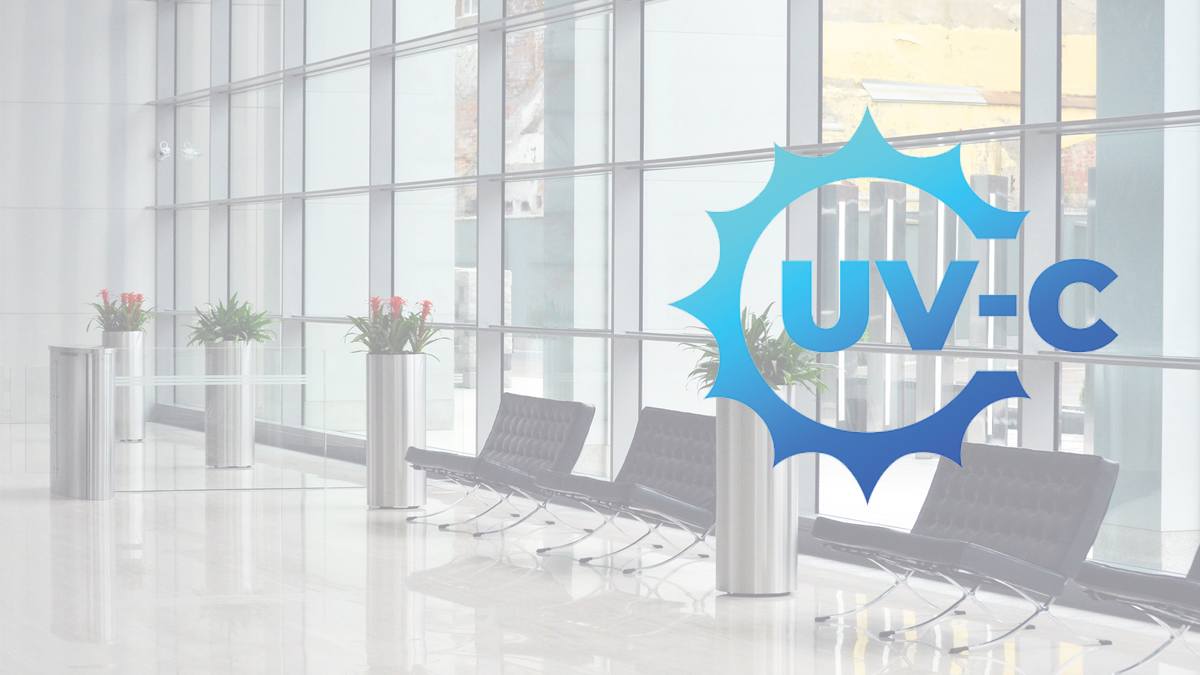

.png)


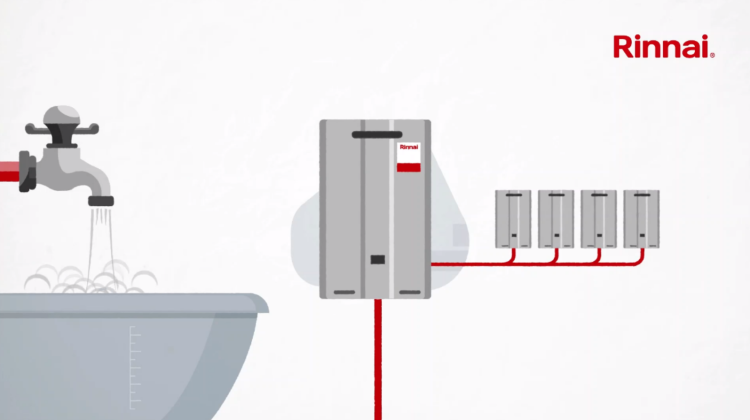
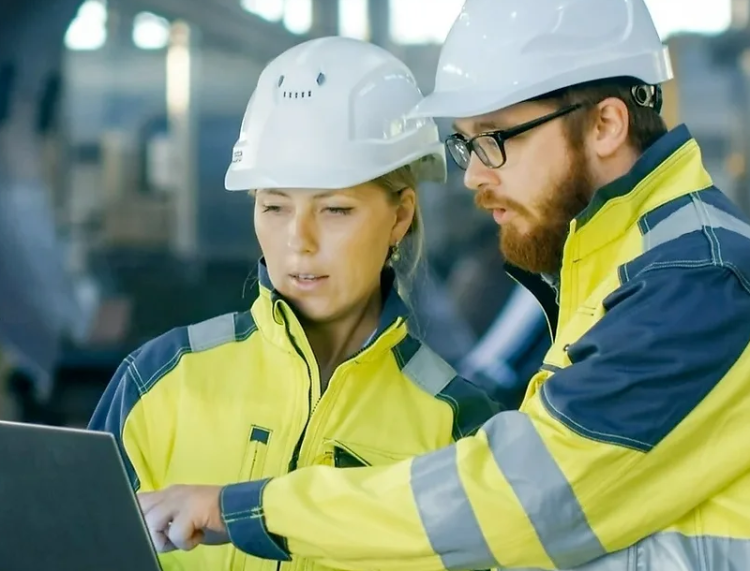
.png)

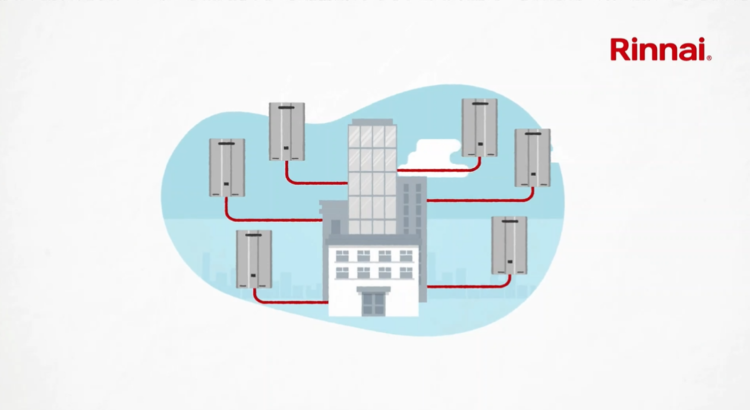
.png)
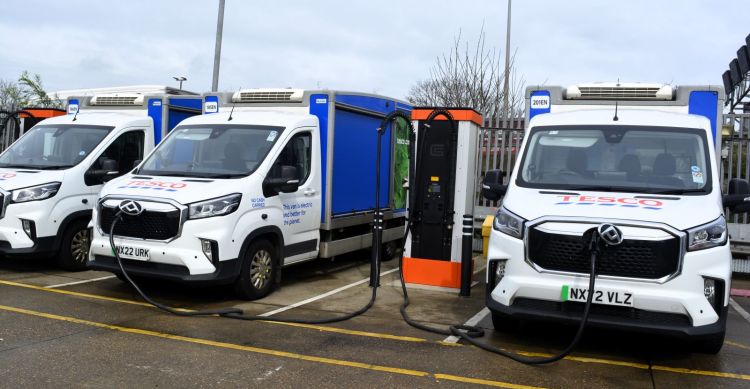
.jpg)
.png)

